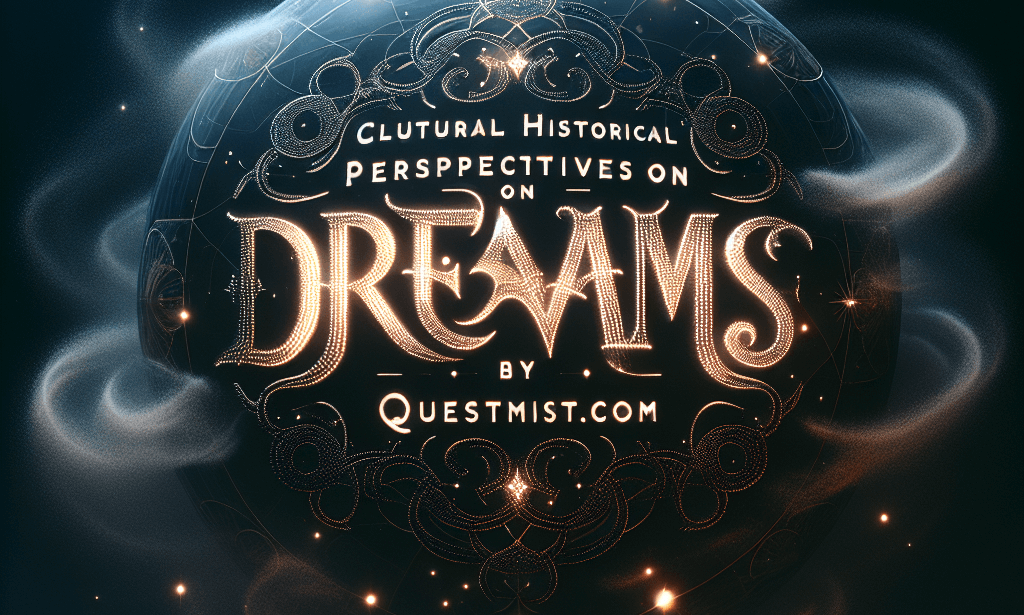
Exploring the varied perspectives and analyzing different cultural and historical understanding of dreams reveal a constant search for meaning and knowledge which demonstrates that dreams will always be captivating. This Article series intends to unravel these intricate ideas by investigating how dreams have influenced various ancient philosophies as well as religions even scientific theories and why they still hold our interest till now.
Ancient Civilizations: Divine Messages and Omens
In ancient Mesopotamia, god-sent dreams were prevalent – the Epic of Gilgamesh, one of the oldest literary works, contains many scenes in which dreams are seen as prophecies. People in ancient Mesopotamia would have recorded their dreams on clay tablets and would then have submitted them to a dream specialist in the priestly community to learn the message dream-gods were trying to convey.
Likewise in ancient Egypt, dreams were seen as national – and deeply spiritual – experiences. The Egyptians also believed in dreaming as prophecy, as a way to communicate with the gods as well as with the deceased. The result of this fascination with dreams is that Egyptians created formal dream books, such as the ‘Ramesside Dream Book’, which offered a huge catalogue of dreams and what they meant, ranging from favourable portents to impending disasters of various kinds.
The Greeks and Romans, too, revered dreams. In Homer’s epics, dreams frequently foreshadowed the future or conveyed divine will, and Greek philosophers such as Plato and Aristotle discussed their ontology, with Aristotle positing a view in which dreams come from physiological processes but still seemed to have divine meaning to popular belief. The Romans saw dreams as imitations of a person’s life and mind, and interpreted dreams through oneiromancy to predict the future.
Eastern Traditions: Spiritual Journeys and Enlightenment
In Eastern traditions, dreams were seen as spiritual journeys and pathways to enlightenment. In ancient China, they were believed to be links to the spirit world. The Zhou Gong’s Book of Auspicious and Inauspicious Dreams, written during the Zhou dynasty (11th century to 239 BCE) listed interpretations of many dream symbols, understood as communications sent by ancestors or spirits.
Other examples include Hinduism and Buddhism. In Hindu thought, Christian Meier-Affentranger counts four types of dreams: amanakadhwani, or ‘dreams originated in the gods’; manasik or ‘dreams stemming from the mind’, and two others. According to Buddhist thought, we dream what we’re made of and can teach a person much about his spiritual status and his karma.
Indigenous Cultures: Sacred Symbols and Shamanic Visions
Indigenous peoples from Norway to New Zealand have long traditions of dream-work. Native American tribes such as the Ojibwa and the Iroquois consider dreams sacred. Dreams, they believe, are consonant with spirit. Dreams can be a conduit to a spirit world that offers guidance, healing and wisdom. The Ojibwa tribe, for example, embraces a tradition of vision quests to seek dreams that will help them find their personal truths, and their spiritual guardian animals.
For Australian Aboriginals, the Dreamtime refers to the time before creation, a founding concept that lends cosmological purpose through a connection to ancestral Formation Dreaming. In this context, dreams merge spiritual and material realms, providing access to ancestral wisdom and the cosmic significance of one’s role.
Medieval to Renaissance Europe: Moral Lessons and Divine Interventions
Through the medieval era in Europe dreams were increasingly viewed through a Christian lens: either locutions from God or temptations from Satan. The Bible is studded with references to dreams; for example, the Old Testament recounts Joseph having prophetic dreams, while the Book of Revelation recounts evocative visions to Saint John.
During the Renaissance, however, interest in dreams began to re-emerge. Scholars such as Artemidorus of Daldis revived classical oneiromancy, for example, and others, inspired by the new science of psychology, began to examine dreams as expressions of the human mind.
Modern Perspectives: Psychological Insights and Scientific Study
But with the advent of modern psychology, dreaming suddenly carried new weight and complexity. With the publication of The Interpretation of Dreams in 1899, Sigmund Freud changed the terms of the debate by claiming that dreams were a direct avenue into the unconscious; a place where dreams revealed otherwise unknown drives and suppressed conflicts. Freud set in place methods for studying dreams that would be taken up and transformed by generations of psychologists who followed.
A contemporary of Freud, Carl Jung proposed to add to this further information, in the shape of the notion of a collective unconscious shared by humanity on which dreams draw when constructing their inventory of symbols and their personal meaning. Jungian dream interpretation is concerned with uncovering those symbols.
Modern sleep research employs special equipment to study the science of dreams (oneirology). Human researchers of the physiological and neurological aspects of this mental activity have focused on the specific neurology that affects our brains during REM sleep, the phase most closely associated with dreaming.
Conclusion
Dreams are a powerful force, and their interpretations are driven by the changing ways that humans regard minds and the cosmos. At one time, dreams were thought to be forms of communication or travel to other dimensions by gods or the spirits of the departed. Today, they are seen through the lens of psychology or studied neurologically. Dreams are as vital to be as humans themselves, a powerful symbol that extends beyond the scientific domain. By examining dreams from a cultural and historical perspective, we can better understand their continuing centrality to our humanity and the many different ways they can connect us to ourselves and to the cosmos.
Visit Questmist.com regularly for deeper articles on dream Analysis and dont forget to join our dream sharing community , you can share and explore others dreams

You must be logged in to post a comment. Please Login or Register .